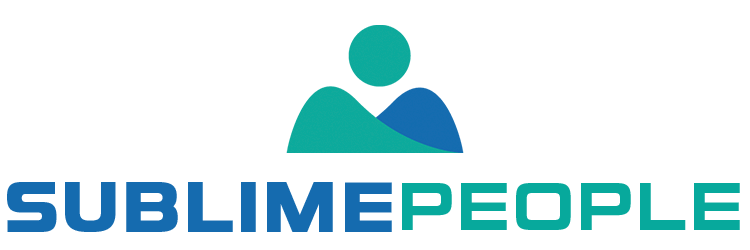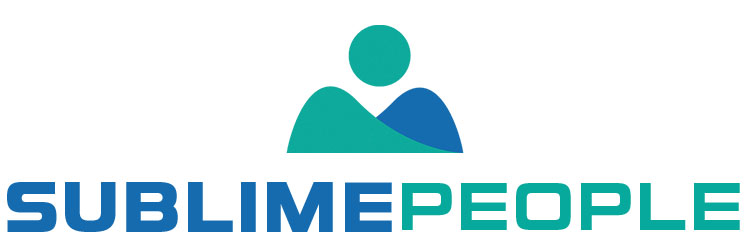Internal recruitment has become a popular strategy for many companies due to its numerous benefits. In this article, we will explore the benefits of internal recruitment, provide tips for effective internal recruitment, discuss the process of internal recruitment and more.
In this Article:
What is internal recruitment?
Internal recruitment refers to the practice of hiring employees from within an organization to fill open positions rather than hiring externally. This process can be beneficial for a number of reasons, including reducing the time it takes to fill a position, improving employee retention, and building a stronger workforce. When done correctly, internal recruitment can also be a cost-effective way to find top talent.

The benefits of using internal recruitment
Internal recruiting can be done in a number of ways, such as through job postings, employee referrals, or networking events. There are a number of benefits to internal recruiting that outweigh external recruiting.
- Recruiting internally allows organizations to save money on recruiting costs. Advertising and hiring fees are eliminated, and the organization can use internal candidates to fill positions.
- Internal recruiting helps organizations build a strong talent pipeline. Employees who are recruited internally often have a better understanding of the organization’s culture and values, and they are more likely to be successful in the long run.
- An internal recruitment strategy helps an organization retain its top talent. When existing employees are promoted or transferred internally, they are more likely to stay with the organization.
- Internally recruiting during the hiring process helps organizations develop their own leaders. By promoting employees from within, organizations can create a pipeline of leaders who have the skills and knowledge necessary to take on future leadership roles.
Overall, while comparing internal and external recruitment, there are a number of benefits to using internal recruitment versus external recruitment. Organizations can save money on recruiting costs, build a strong talent pipeline, retain their top talent, and develop their own leaders.
How to use internal recruitment
When it comes to recruiting new employees, many companies turn to external recruitment sources such as job boards and recruiting agencies. However, there is another option that can be just as effective: internal recruitment.
Internal recruiting can be done in a number of ways. Some strategies include promoting employees to higher-level positions or hiring people from other departments.
There are several advantages to following the internal recruitment process as already stated such as; saving the company money since there is no need for hiring managers to pay external recruiters, using internal candidates can help reduce the time it takes to fill a position, and hiring from within can help promote company values and culture.
If you’re thinking of using internal recruitment methods to fill a position in your company, keep in mind the following suggestions:
- Make sure you have a good system in place for tracking employee skills and qualifications. This will make it easier to identify potential internal candidates.
- Promote employees who have the skills and qualifications you’re looking for. They may already be interested in moving up the ladder and will be more likely to apply for the position if it’s advertised internally.
- Use job postings to highlight the benefits of working for your company. This can help attract candidates who are already familiar with your brand and culture.
- Encourage current employees to refer their friends and family members for open positions. They may know someone who would be a good fit for your company.
- Hiring managers should conduct interviews with qualified candidates internally before considering external candidates. This will help you gauge their interest in the position and how well they would fit into your company culture.
Tips for successful internal recruitment
Internal recruitment can be a great way to find new talent, but it can also be challenging. Here are a few tips for making it a success:
- The hiring manager should ensure that your job descriptions are clear and accurate. This will help candidates determine if they are suitable for the role.
- Use social media to promote your openings. This can help you reach a larger audience of potential candidates as this may attract both internal and external candidates.
- Be transparent during the selection process. Let candidates know what to expect and how they will be evaluated.
- Give candidates feedback. Letting candidates know what they did well and what they could improve on will help them develop their skillset.
The process of internal recruitment
When a company has an opening that needs to be filled, the first step in the recruitment process is usually to look for someone internally. This means that the company will search through its current employee base to see if there is anyone who is qualified and interested in the position. If there is, the company will typically give the employee a chance to apply for the job. If there are no internal applicants, the company will then move on to outside candidates.
The internal recruitment process can be a bit tricky. It’s important to make sure that all employees are aware of open positions and that they feel comfortable applying for them. It’s also important to make sure that the employees who are not interested in or qualified for a position do not feel resentment from those who are. Creating a process that is fair and transparent is key to making internal recruitment work well.
Things to consider during internal recruiting
When looking to fill a vacant position internally, there are a few things to consider.
- Consider whether or not the position can be filled by someone already working in the company. Often, there are existing employees who are a good fit for open positions and can be promoted or transferred into the role. This can be a cost-effective way to fill a position and can help to avoid the time and expense of recruiting from outside of the company.
- It is important to assess whether or not the internal candidate is qualified for the role. This includes reviewing their skills, experience, and qualifications, as well as their fit with the company culture. It is also important to make sure that the internal candidate finds the position interesting and has the necessary time and resources to take on the new challenge.
- It is important to weigh the pros and cons of hiring an internal candidate. Some potential benefits include reduced recruitment costs, a faster onboarding process, and reduced turnover risk. However, there are also some potential risks, such as creating a perception of favoritism or mismatched skill sets.
Advantages and disadvantages of using an agency for internal recruitment
The advantages of using an agency for internal recruitment include the ability to save time and resources. An agency can help identify qualified candidates more quickly than a company could do on its own, saving the company time and money in the hiring process. Agencies also have databases of potential candidates that companies can access, which can broaden the pool of candidates that a company considers.
The disadvantages of using an agency for internal recruiting include the cost associated with using an agency. Agencies typically charge a fee for their services, which can be costly for companies. Additionally, agencies may not always have the best interest of the company at heart and may recommend unsuitable candidates for the position.
A word from SublimePeople
Internal recruitment is a process that companies use to find potential employees from within their own organization. This process can be beneficial for companies because it allows them to find qualified employees who are already familiar with the company and its culture. Additionally, internal recruitment can help to reduce the cost and time associated with recruiting and hiring new employees.





